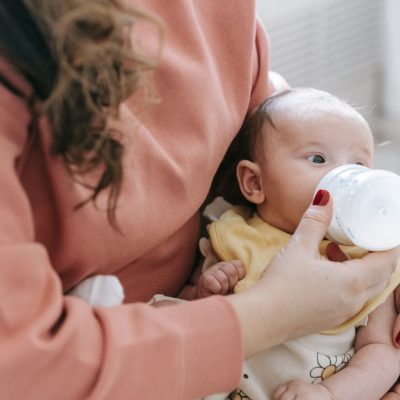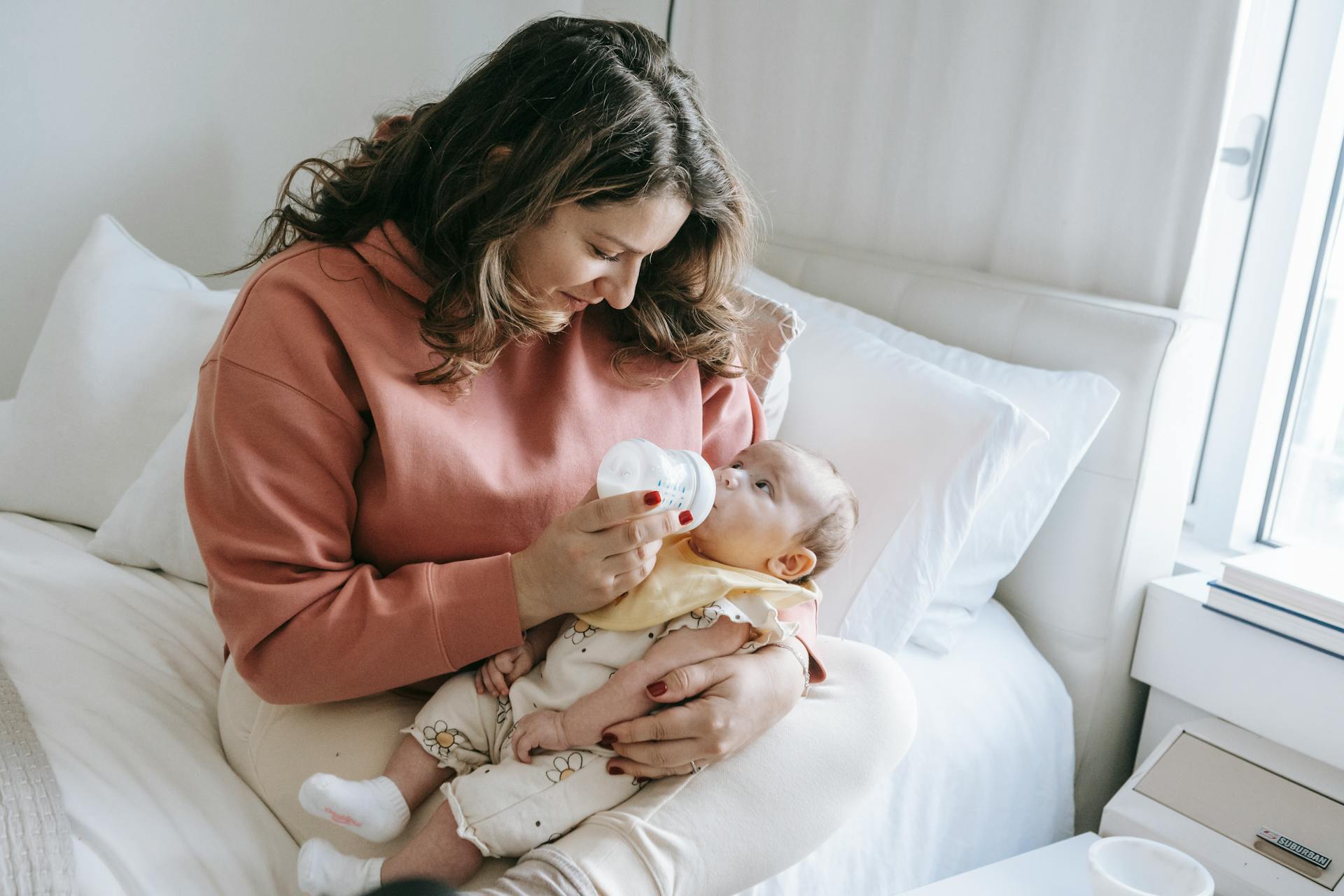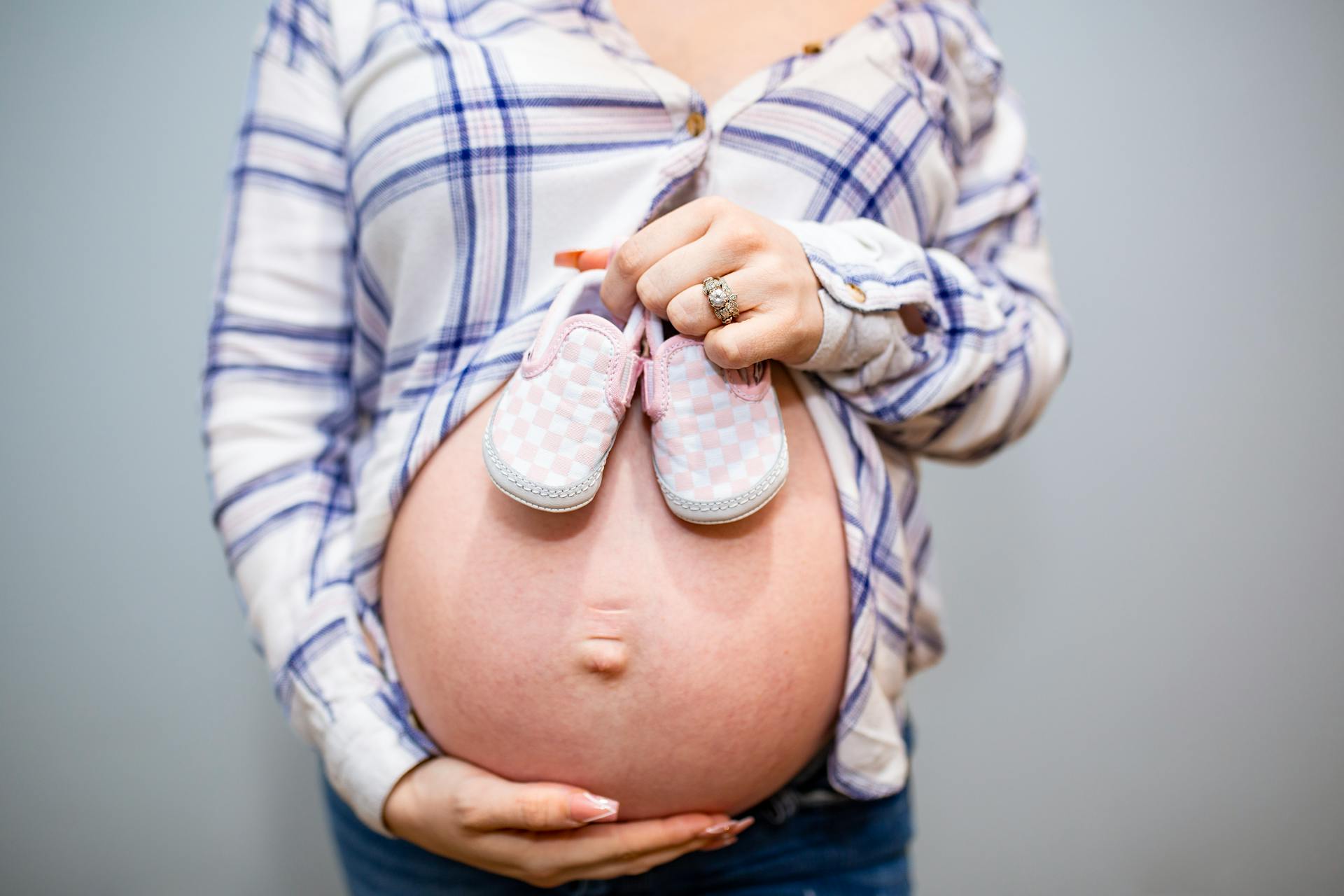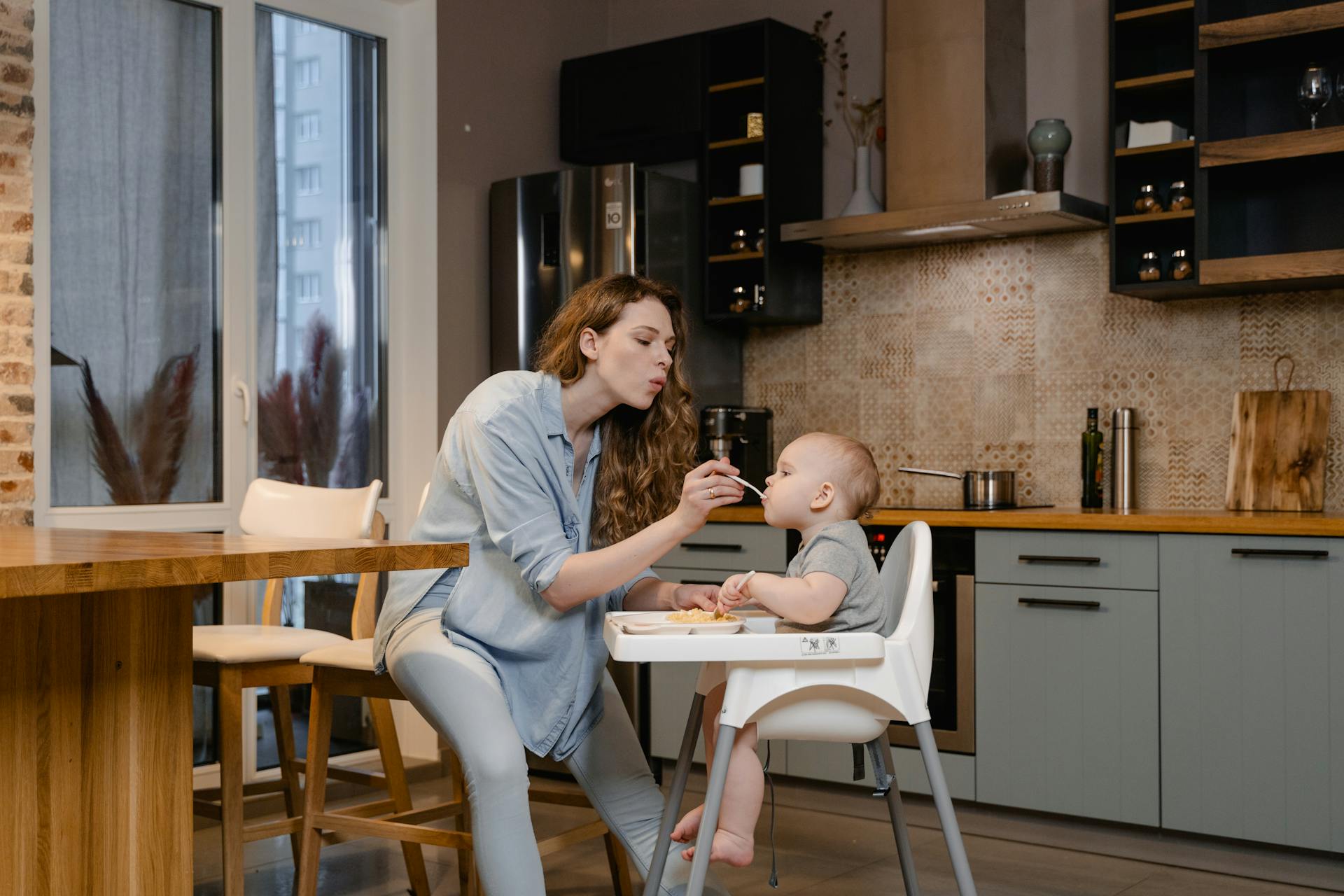Bringing a newborn home is one of the most heartwarming experiences in life. Amidst all the cuddles and coos, feeding and burping quickly become routine tasks. One of the most frequently asked questions by new parents is: How to burp a newborn? This essential skill helps babies release air swallowed during feeding, preventing discomfort, spit-ups, and fussiness.
In this comprehensive guide, we’ll walk you through why burping is important, different methods to try, when to burp, and helpful tips to make the process easier. We’ve also included credible outlinks for further reading to support your parenting journey.
Why Do Newborns Need to Be Burped?
During feeding, whether by breast or bottle, newborns tend to swallow air. This trapped air in their tiny stomachs can lead to gas, discomfort, and crankiness. Burping helps release this air, reducing the risk of spit-up and colic.
Some babies need to be burped frequently, while others may not swallow as much air and require it less often. Learning to read your baby’s cues will help you determine what works best.
Benefits of Burping a Newborn:
- Reduces spit-up and reflux
- Minimizes gassiness and bloating
- Helps babies feel more comfortable
- Promotes better feeding sessions
For more on newborn digestion and feeding tips, visit HealthyChildren.org.
When Should You Burp a Newborn?
There is no universal rule for when to burp a baby, but general guidelines can help:
- During feeding: If you’re bottle-feeding, consider burping your baby after every 2-3 ounces. For breastfeeding, try switching breasts and burping in between.
- After feeding: Always burp your newborn at the end of a feeding session.
- When your baby seems fussy during feeding: It may be due to trapped gas, and a good burp could bring relief.
Some babies may naturally release gas through burps without your help, but most will need gentle assistance.
Best Positions for Burping a Newborn
There are three primary burping positions that are safe and effective. You can try each one to see which works best for your baby.
1. Over-the-Shoulder Burp
- Hold your baby upright against your chest.
- Their chin should rest on your shoulder.
- Support your baby’s bottom with one hand and gently pat or rub their back with the other.
2. Sitting on Your Lap
- Sit your baby on your lap, facing sideways or slightly forward.
- Use one hand to support their chest and head, cradling their chin (not throat).
- Lean your baby slightly forward and pat or rub their back.
3. Lying on Your Lap
- Lay your baby face-down across your lap.
- Support their head, making sure it’s higher than their chest.
- Pat or rub their back gently.
For visual reference, check out the illustrated burping positions on The Bump.
How Long Should You Try to Burp a Newborn?
If your baby hasn’t burped after a few minutes in one position, try changing to another. Some babies take time, and others burp quickly. Keep sessions gentle and patient. Most newborns burp within 1 to 5 minutes, but every baby is different.
If your baby seems content and doesn’t show signs of discomfort, it might be okay to move on.
What If My Newborn Won’t Burp?
Sometimes, even with the best techniques, your baby might not burp. Here’s what to do:
1. Try Different Positions
Sometimes switching to another position helps. Go from over-the-shoulder to lying across your lap, for instance.
2. Give It a Minute
Wait a few minutes, keeping the baby upright to allow gravity to assist. Try again after a short break.
3. Check for Discomfort
If your baby is squirming, arching their back, or seems unsettled, a trapped burp might be the cause. Try again gently.
For more tips on gas relief, see Cleveland Clinic’s Newborn Gas Guide.
Should You Burp a Sleeping Baby?
If your baby falls asleep mid-feed or immediately after, you can still try burping them gently. Hold them upright against your chest and pat or rub their back softly. Some babies will burp in their sleep and stay settled.
If they don’t burp but are sleeping soundly and not showing signs of discomfort, it may be okay to let them sleep.
Burping and Reflux: What You Need to Know
Babies with acid reflux or gastroesophageal reflux disease (GERD) may need to be burped more frequently. Frequent, small burps during feeding can help reduce symptoms.
If your baby is spitting up frequently or seems in pain during or after feedings, consult your pediatrician.
Tips for Successful Burping
- Keep a burp cloth handy: Expect occasional spit-up.
- Avoid bouncing the baby: Gentle movement is best.
- Stay calm and relaxed: Your baby can sense your stress.
- Make it part of your routine: Consistency helps your baby learn what to expect.
- Keep baby upright after feeding: This helps prevent spit-up and aids digestion.
Explore more baby care routines at WhatToExpect.com.
When to Talk to a Pediatrician
While burping is usually simple and effective, there are situations that require medical attention:
- Baby cries excessively after feeding
- Regular forceful vomiting
- Poor weight gain
- Refusing to feed
Always trust your instincts as a parent. If something doesn’t feel right, reach out to your baby’s doctor.
Final Thoughts
Learning how to burp a newborn is an important part of early parenthood. With patience, practice, and a few different techniques, you’ll find what works best for your baby. Remember, every baby is different, and what works for one might not work for another.
Trust yourself, keep things gentle, and lean on reliable sources and your pediatrician when needed.
Additional Resources:
- La Leche League International: Breastfeeding support and information
- CDC Infant Nutrition
- American Academy of Pediatrics: Trusted advice on child health and development
















